Merkinch: scenic poverty in northern Scotland
A historic area of Inverness offers a stark contrast between past and present
Due to the legal games I have become embroiled in over the last 6-9 months, none of which I sought, my attention has been diverted from what I feel I ought to have been doing. Last year I published a series of articles based on “poverty walks” I did around Britain, but stopped half way as my energy was stolen by con artists and corrupt officials. I will do a summary index article at some point to act as the reference, and upload all the images from each anthropological foray. In the meantime, I am progressing to the next stop — near Inverness in the north of Scotland.
While some places are poor because they are “nowhere in particular” — like Broadwater Farm Estate in London — Merkinch is economically distraught as it is “somewhere in particular”. The map screenshot is from the the Consumer Research Data Centre’s Index of Multiple Deprivation. Merkinch is the dark red splodge at in the North of Inverness beside the Beauly Firth, sandwiched between the River Ness and the Caledonian Canal, hence a little cut off. This location hints at its vibrant past as a port, ferry crossing (at South Kessock), and shipbuilding area. Now the Kessock Bridge obsoletes the ferry, which saved a long road detour around the Firth.
The deprivation is tangible: this isn’t Epsom in London or Edgbaston in Birmingham (posh areas, for my American readers).

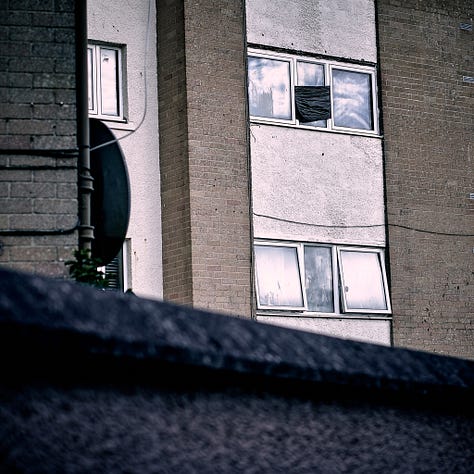
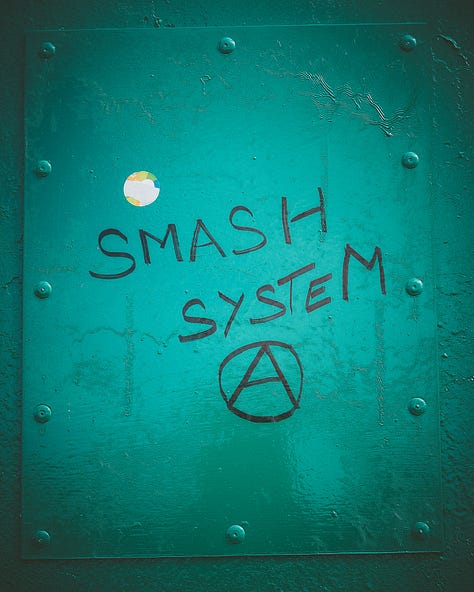
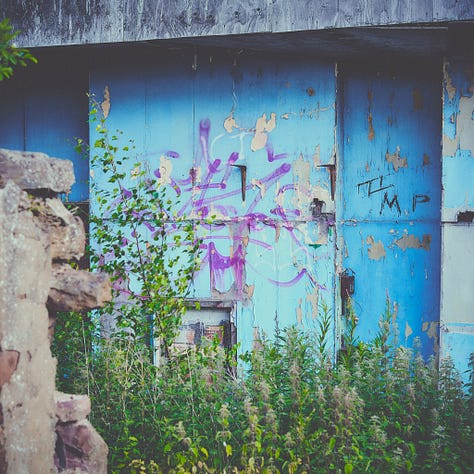
There is a definite character to the waterside area, which has its appeal.
As a Londoner by origin who grew up beside Heathrow Airport I am absolutely used to a multicultural Britain. That said, having spent a lot of time in the Highlands in the 1990s, my internal social map is out of date. Seeing a young black kid walking down the street gave me a little jolt, which probably says more about me than the environment I was in. The far north of Scotland is ethnically very indigenous; this is a change in my own lifetime.
Contrast the demographic at the local community centre:
Some other signs of our times…
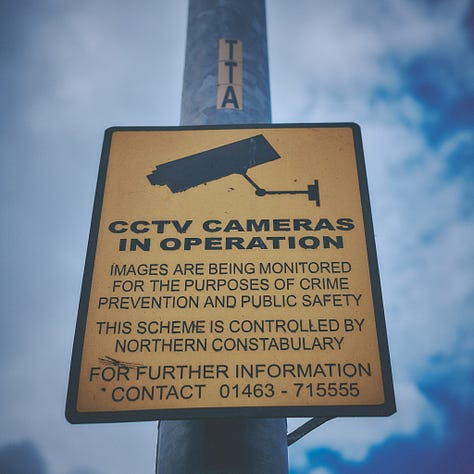
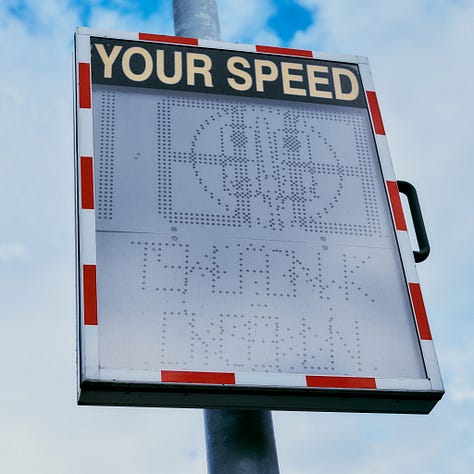


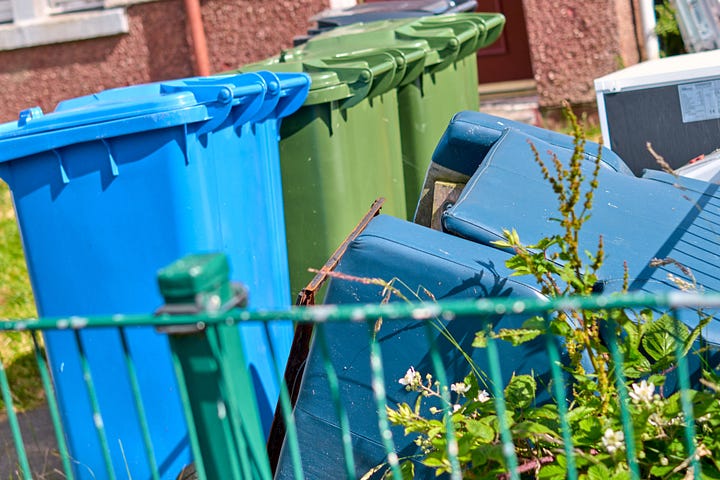
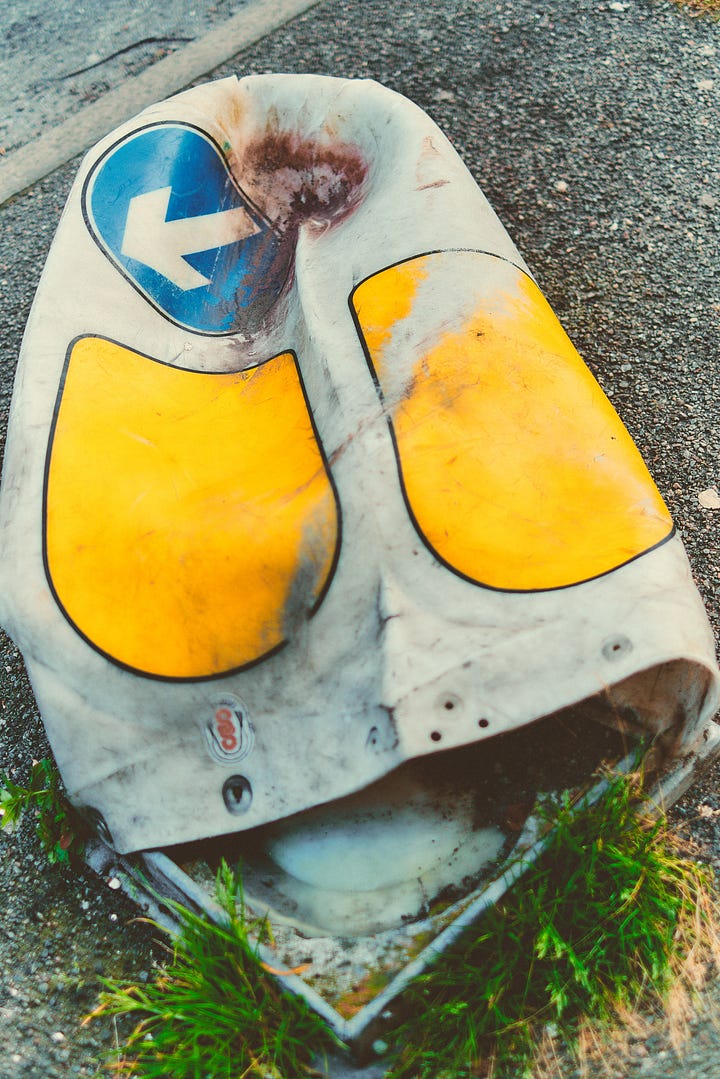

There was one area that hit me as notably grim.
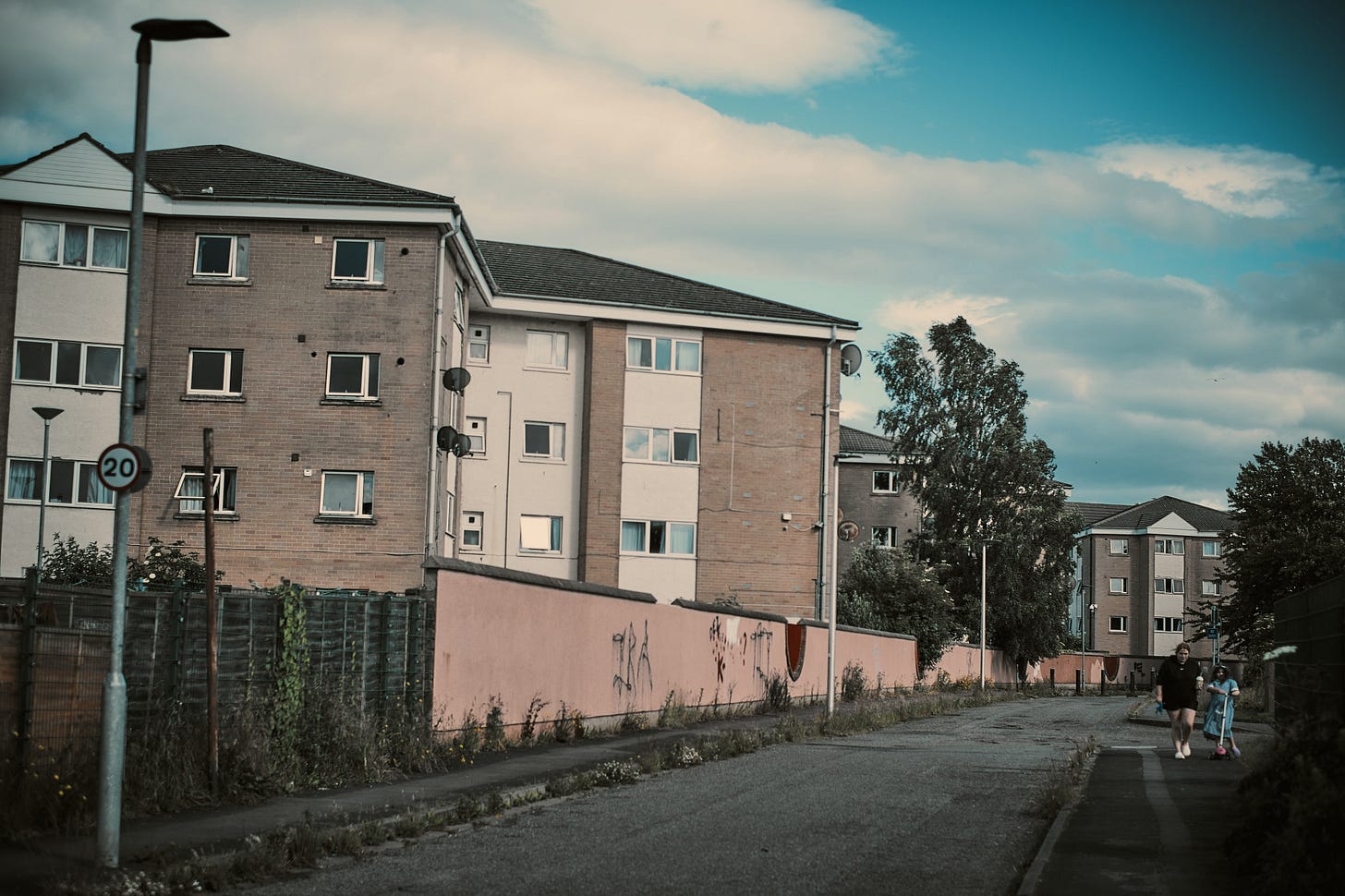
A woman stopped to ask me if I needed directions, and I explained my mission to her. She told me that many people are “playing the game” with welfare and social services, and they can make more money as alcoholic. The local streets are not swept of snow in winter, as the council treats it as a backwater. The weeds are not cut back.
You can wait 35 years for a council house, and then drug dealers take over houses. It used to be heroin, but now it is crack. There is food bank abuse, with people who take charity but don’t need it. Some will smash up their own home to get attention and action.


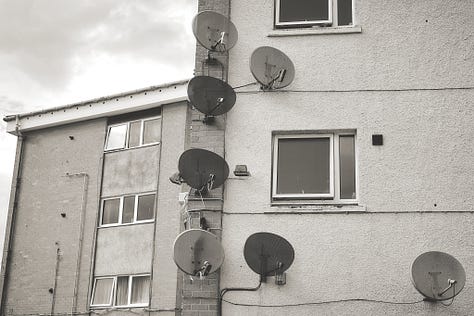
She also mentioned English outsiders coming… there is an undercurrent of ethnic, national, and social strain.
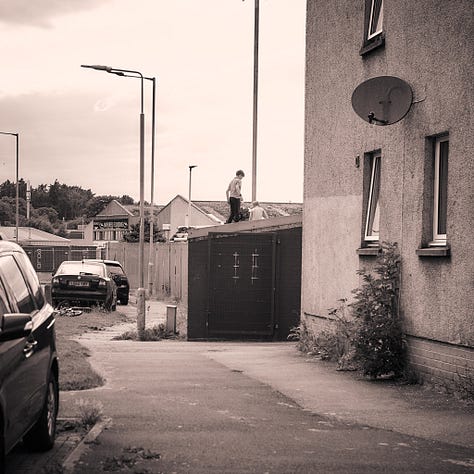


It’s not all bleakness, refuse, and concrete.
But if you wanted a backdrop for a remake of Trainspotting, this is your choice location.
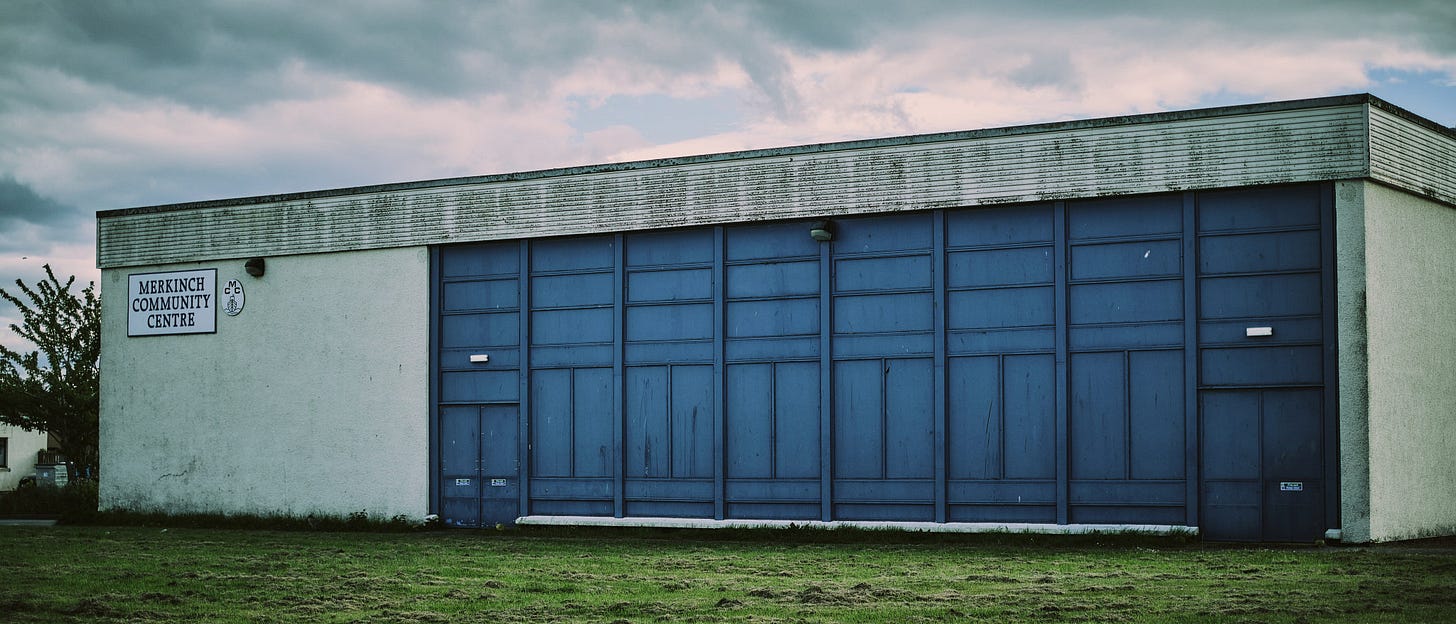


There are hints of a glory that passed us by.
My Geddes ancestors are from not far down the road — along the coast towards Nairn — and I visited the hamlet of Geddes not long back. This is not “abstract poverty” in the same way that some of the other locations I visited might be; I can relate it to myself and my own family narrative arc.
Merkinch is somewhere I could have found myself born and raised in a different timeline
I hope you enjoyed our photo tour.

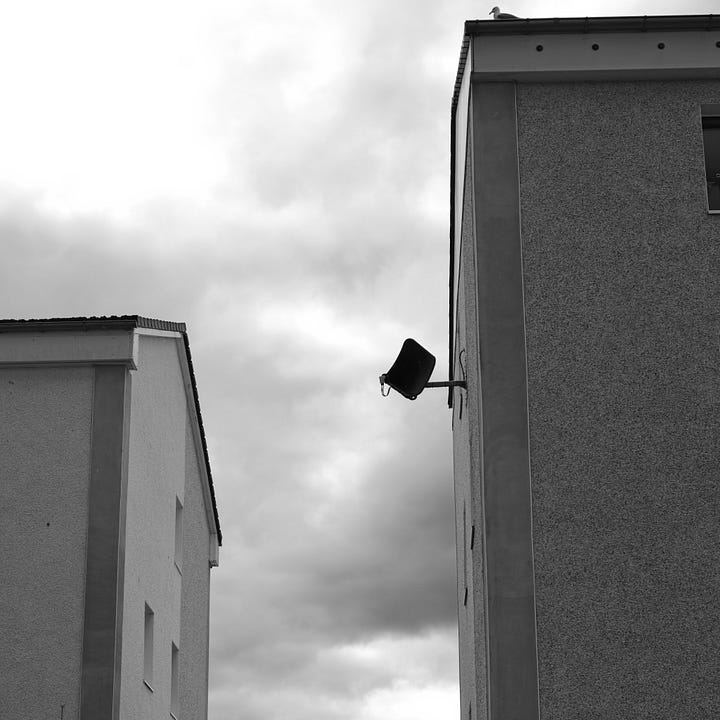
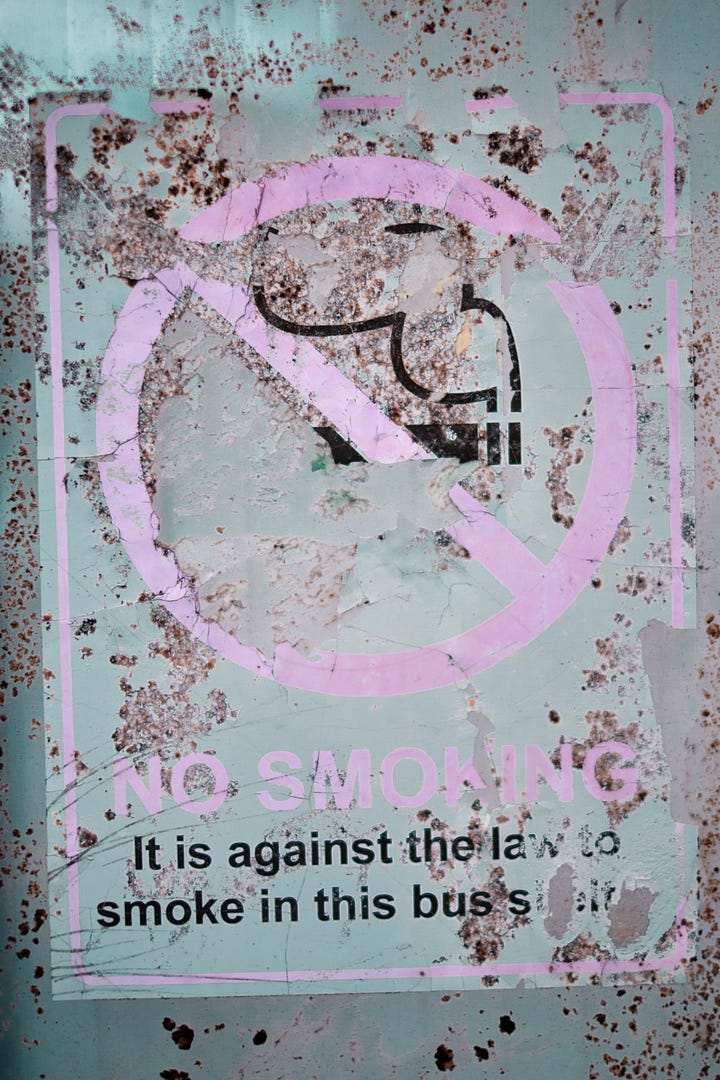
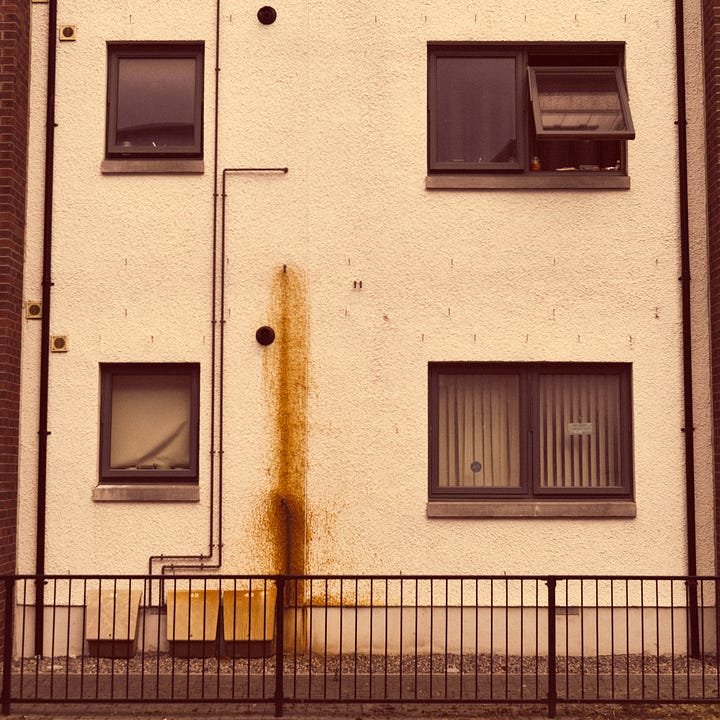
Let’s hope there are brighter times ahead for Merkinch and South Kessock — a place bypassed by the changing needs of commerce and transportation, but with a redeeming scenic and historic location that cannot be denied
.🙏



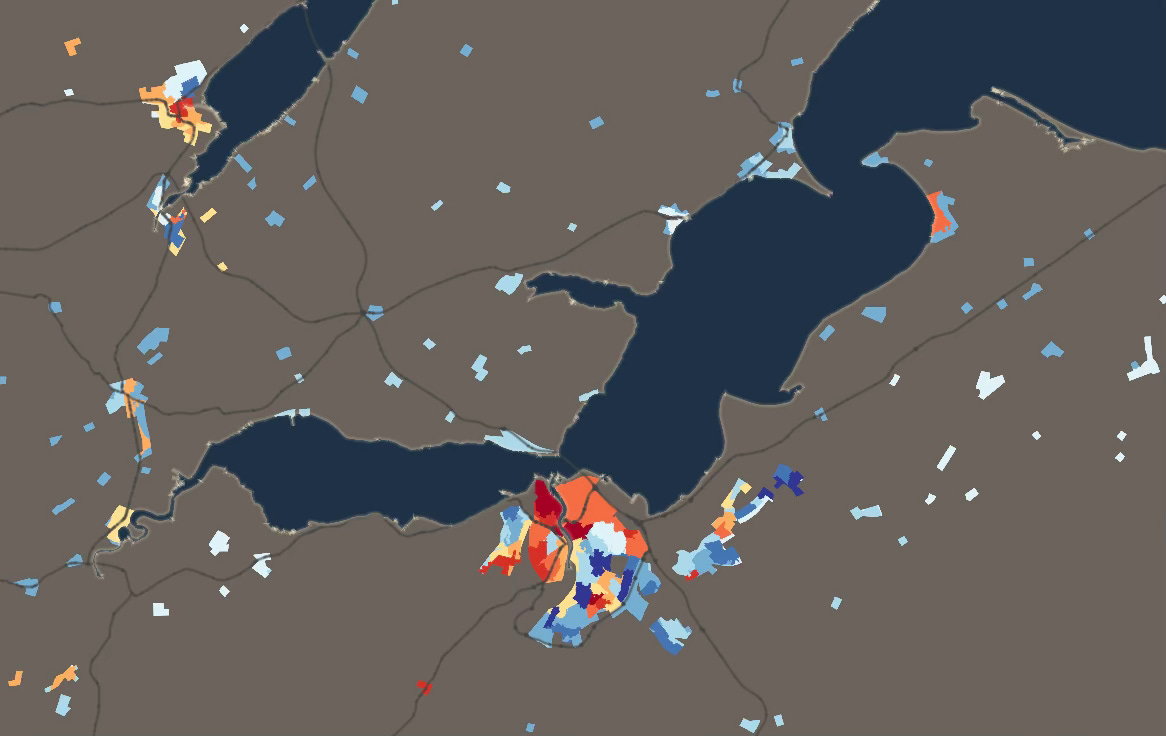


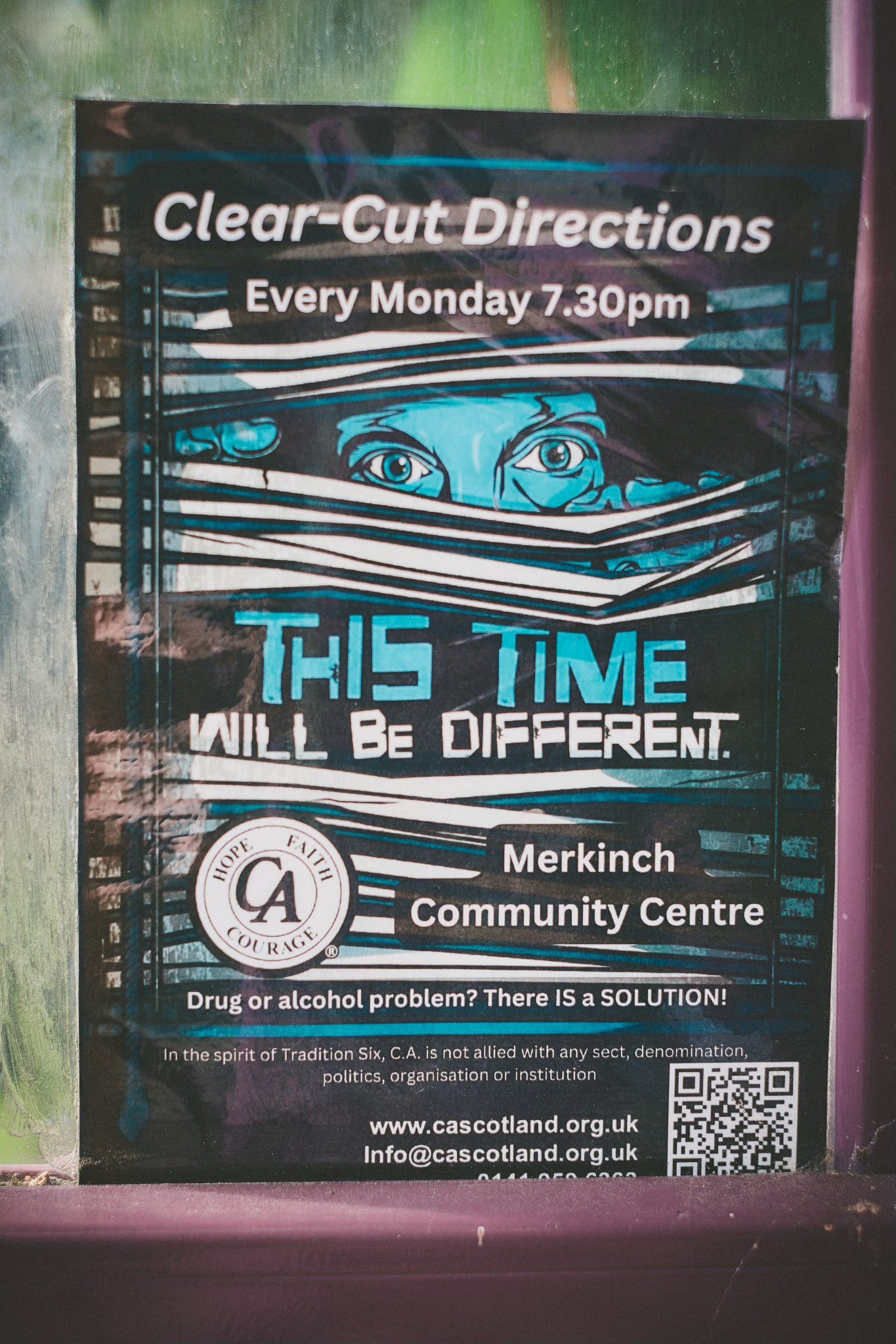


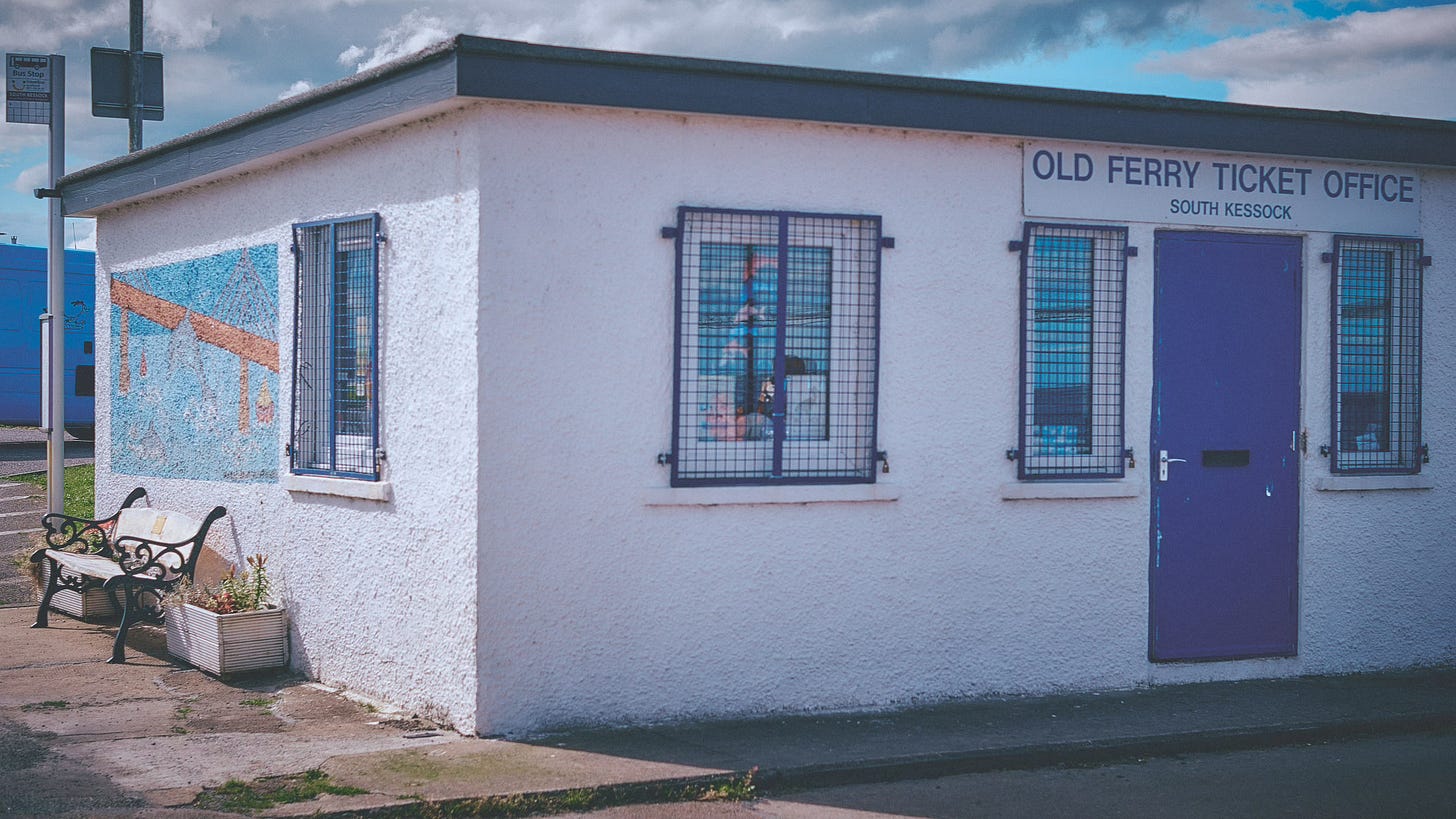
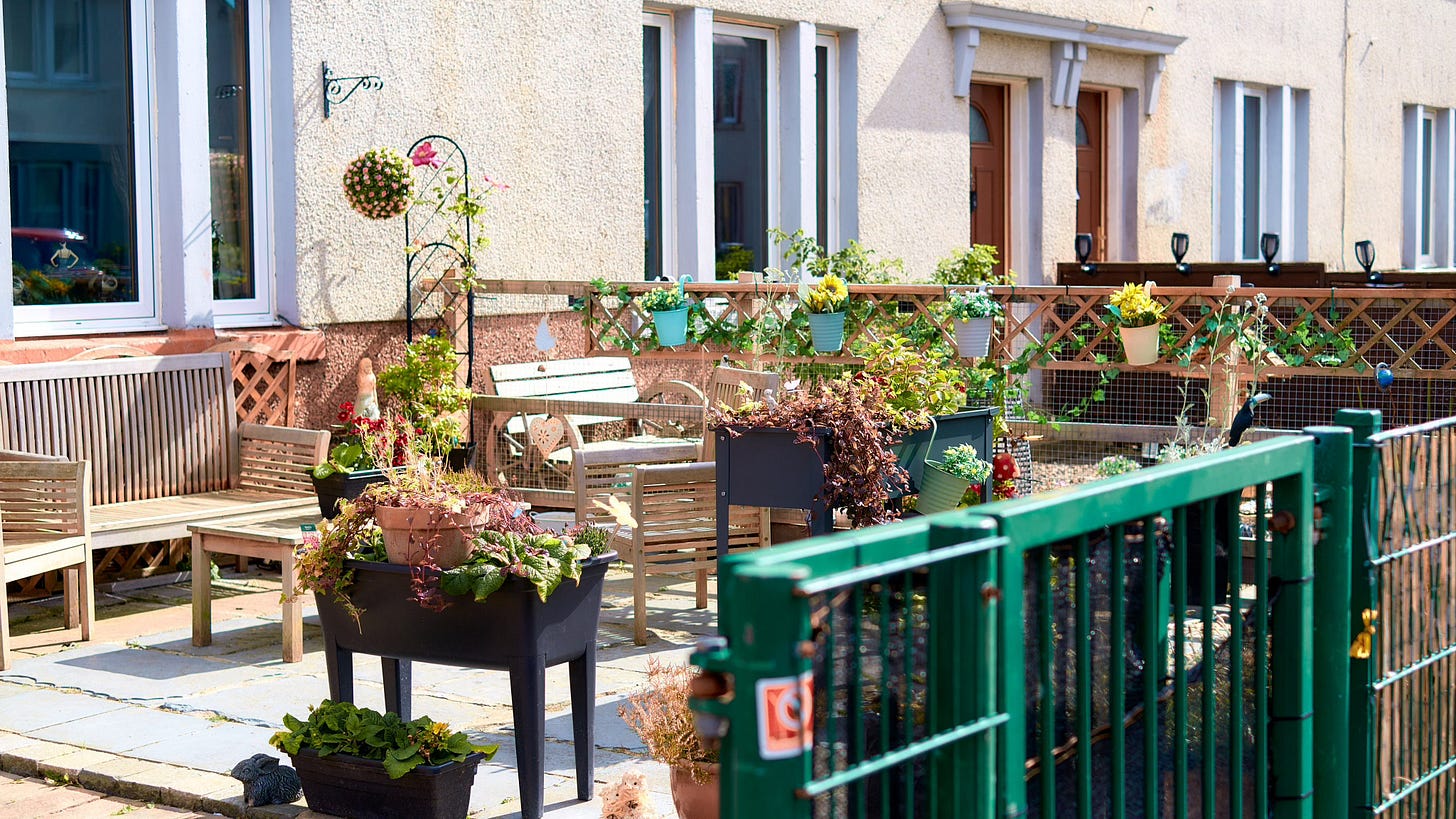


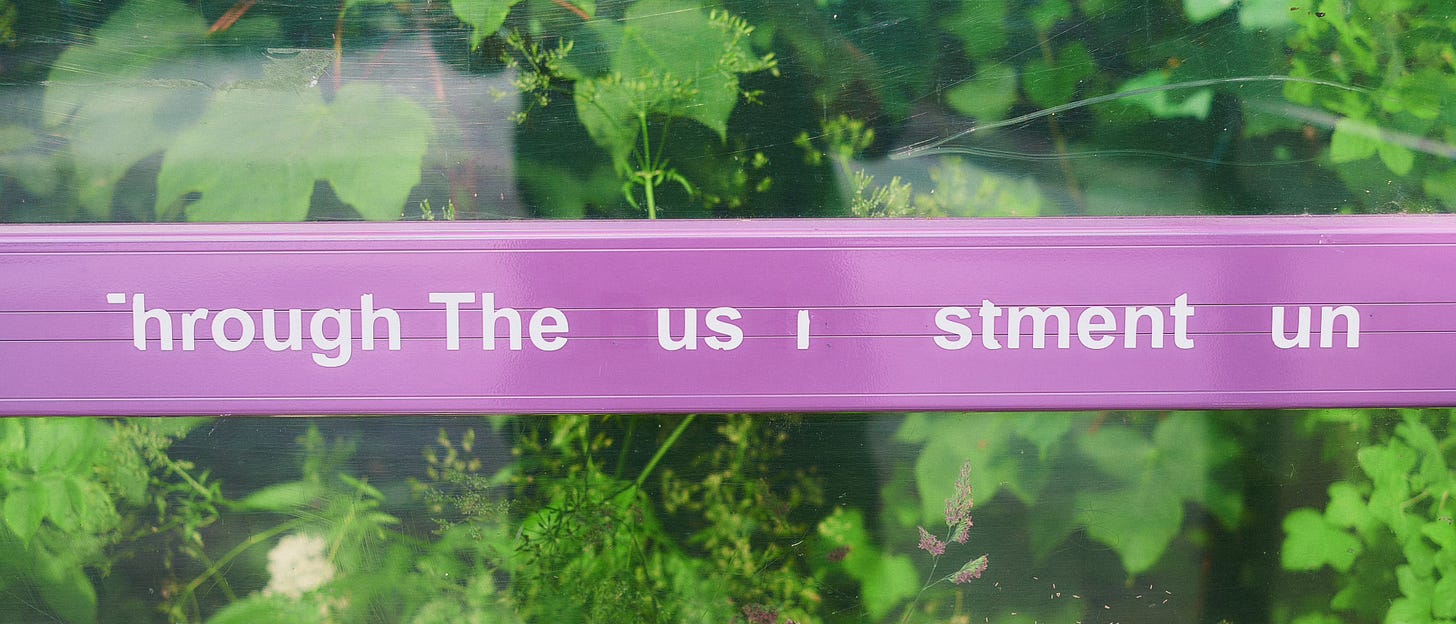





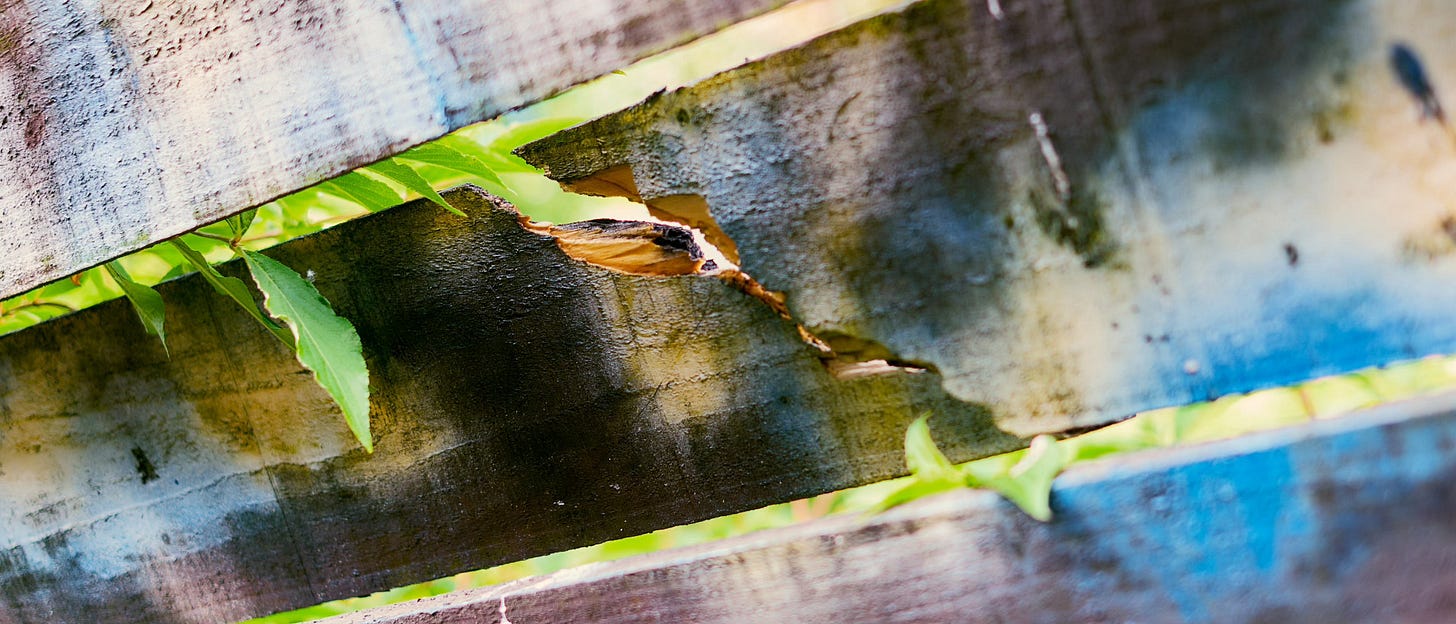






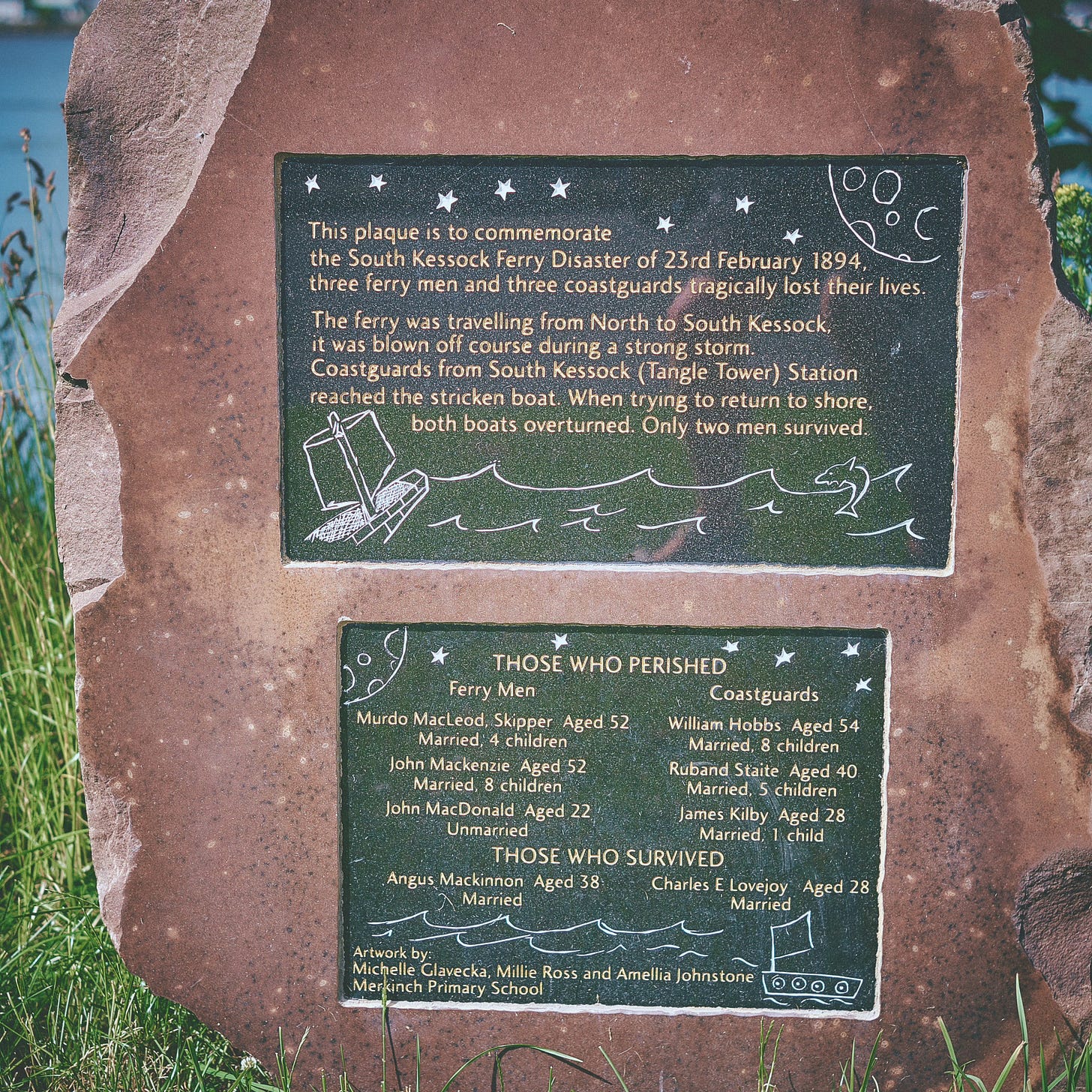

Sad . . . . I lived in Scotland 1968-71. It was glorious (as I recall) . . .